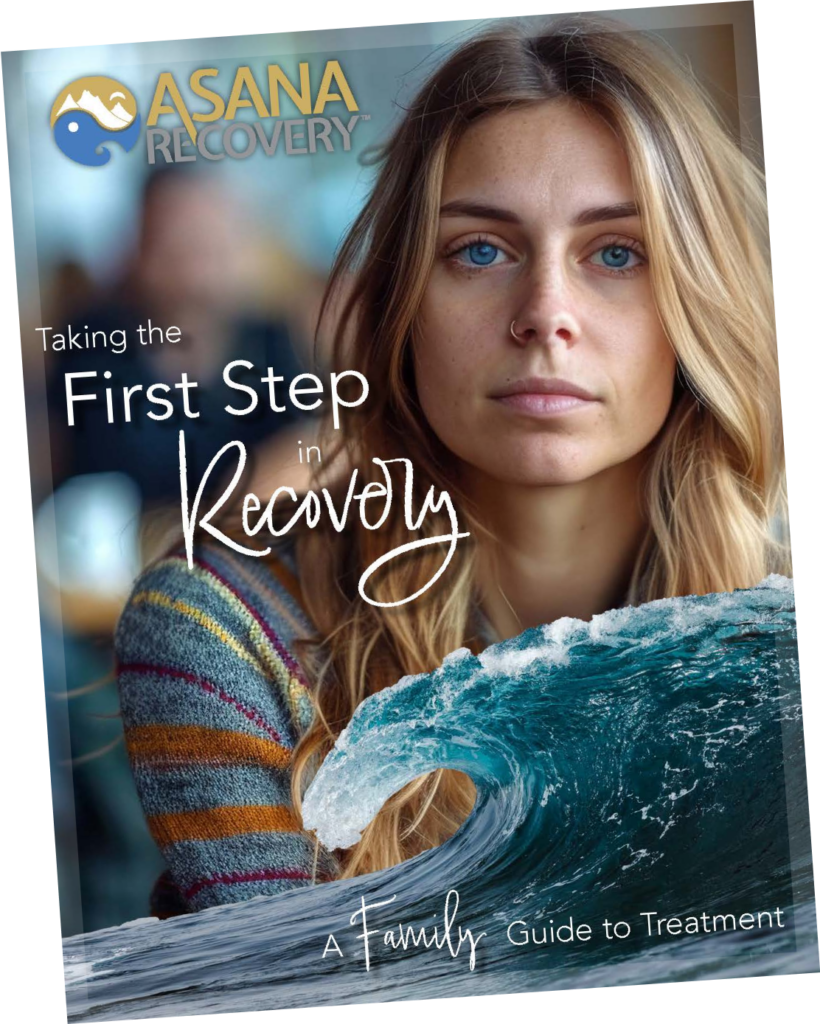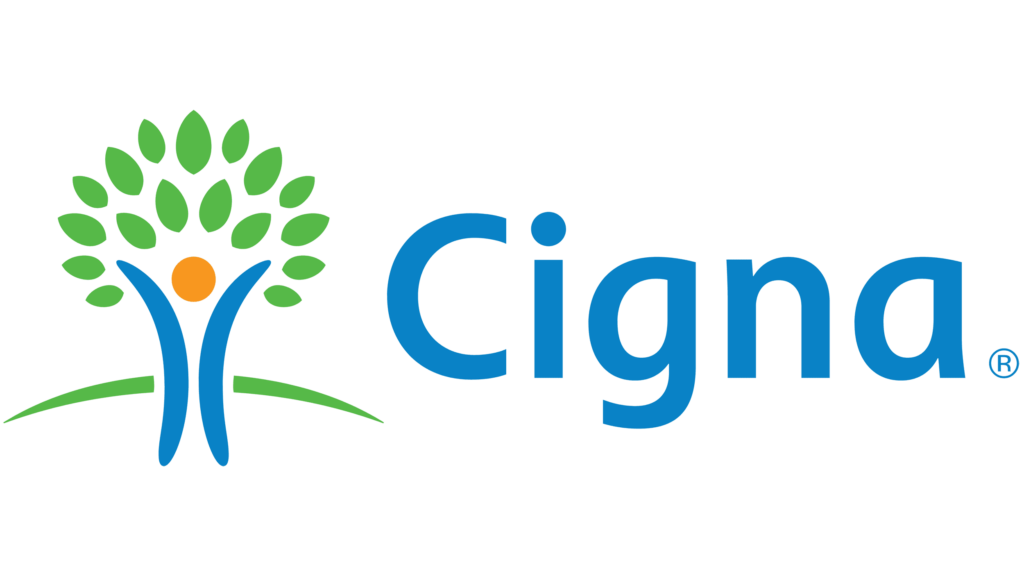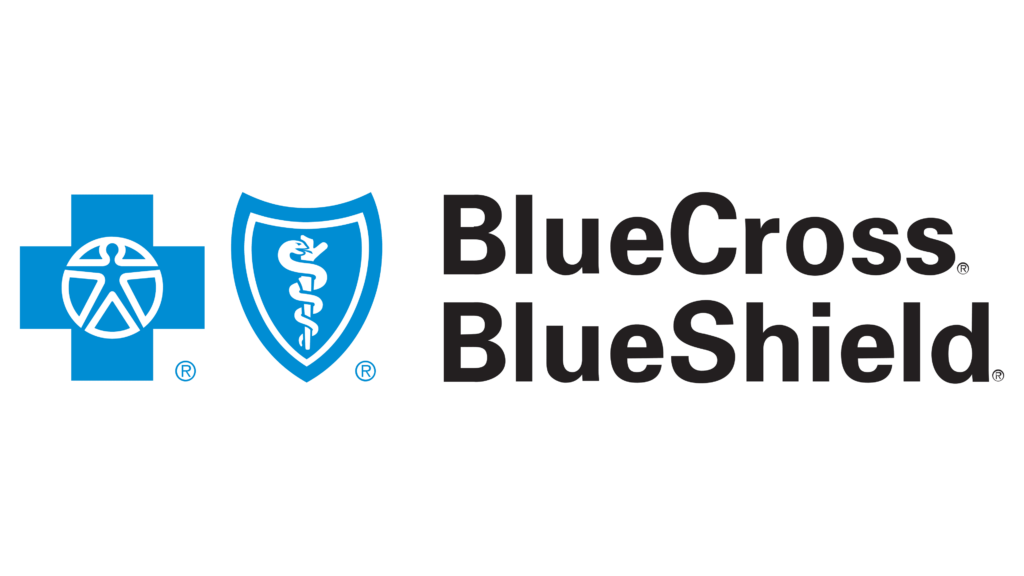Dealing with chronic pain can feel like a never-ending battle. It’s like carrying a heavy weight that never goes away, impacting every part of your life. For many, the first thought might be to reach for pain medication, and for a while, these medications might seem helpful. But what happens when those medications, especially opioids, start to cause more harm than good? It’s important to understand that there are safer ways to manage chronic pain, and it’s possible to find relief without relying on opioids.
The goal here isn’t just to ease the pain; it’s about finding a sustainable way to live better, healthier, and more fully. When pain is always present, it’s hard to focus on work, enjoy time with family, or simply relax. It’s a heavy burden, and it’s made even heavier by the worry that you might become dependent on pain pills. Opioids, though effective for short-term pain, carry significant risks. They can lead to addiction, cause serious side effects, and even increase pain over time. Finding non-opioid ways to manage pain is crucial, and it’s a step toward reclaiming your life from chronic pain. There are multiple ways to tackle this problem, such as physical therapy, CBT, and lifestyle changes and we will explore all of them.
This blog will walk you through some other options for managing pain safely. We’ll talk about different treatment strategies that can help you regain control without risking opioid dependence. You don’t have to live with pain dictating your life; there are resources and techniques available to help you manage it effectively. We encourage you to explore the alternative pain management strategies we’ll discuss, so you can make informed choices about your health.
Chronic pain isn’t something that happens to just one type of person; it can affect anyone, regardless of their profession or lifestyle. However, certain jobs or environments might increase the risk of developing it. For pilots and lawyers, the demands and pressures of their careers can often lead to unique pain challenges.
Pilots often experience chronic pain due to long hours in cramped positions, often causing back and neck issues. The constant focus and high level of concentration needed in their work can also lead to stress-related pain, like tension headaches and muscle aches. The need to be always alert means they cannot afford to have pain that impacts their job performance, which can be a serious concern for them. They deal with vibration and irregular sleep patterns, all of which can contribute to chronic pain.
Lawyers often face a different set of challenges. The sedentary nature of their work, coupled with the high stress and pressure from deadlines, can lead to chronic pain, especially neck, back and headaches. The long hours spent sitting and poring over documents can cause stiffness, muscle strain, and poor posture which lead to many musculoskeletal issues. Additionally, the high-stress environment can result in psychological symptoms which contribute to chronic pain. The pressure to perform, win cases, and meet deadlines can trigger stress which translates to physical pain.
Both professions share a common thread: the need to always be on top of their game. Chronic pain impacts their ability to concentrate, think clearly, and perform at their best. The constant distraction of pain can affect decision-making, which can be critical for pilots during flight and for lawyers in a courtroom. This means the impact of chronic pain can ripple through their professional lives, impacting their performance, their career, and overall well-being. It’s not just about physical discomfort; it’s about how pain interferes with their jobs, their personal lives, and their mental health.
When you’re dealing with chronic pain, it’s understandable to seek quick relief. However, relying on opioids can be dangerous and unsustainable in the long run. Luckily, there are several non-opioid techniques that can help you manage your pain safely and effectively. These options can help reduce your dependence on medications.
One of the most effective non-opioid approaches is physical therapy and exercise. Working with a physical therapist can help identify the root cause of your pain and develop a tailored plan to improve your mobility, strengthen muscles, and ease pain. Regular exercise is also crucial, as it can improve blood flow, reduce inflammation, and boost your overall mood. It does not mean going to gym 5 days a week rather a light exercise like stretching and yoga can also improve pain. Even gentle activities like walking or swimming can make a significant difference. Movement is often the best medicine when it comes to managing chronic pain.
Another popular non-opioid technique is acupuncture and massage therapy. Acupuncture involves inserting thin needles into specific points on the body to stimulate the nervous system and help relieve pain. Massage therapy helps to relax tense muscles, reduce pain, and improve circulation. These methods are a good idea to manage chronic pain without relying on pills. They focus on helping your body heal itself, providing a safe alternative to pain medication.
Finally, Cognitive Behavioral Therapy (CBT) can be very helpful for people managing pain. CBT is a type of therapy that helps you understand the link between your thoughts, feelings, and behaviors. It teaches you skills to manage pain by changing negative thinking patterns and coping with stress. This approach is more about changing how you relate to your pain, which in turn can reduce the intensity of the pain. It might not always take the pain completely away but definitely it helps to manage it better.
These non-opioid techniques are a great starting point for exploring how to manage pain in safer ways. Remember, there are many ways to reduce pain, and they often work better when used together. By combining physical therapy, acupuncture, massage, and CBT, you can find ways to live with chronic pain without using opioids.
Asana Recovery works with most PPO plans, covering up to 100%. See if your insurance can help fund your journey. Click below to get a free quote.

We get it. Addiction recovery is tough. That’s why our programs are founded and staffed by people in recovery – people who truly understand.
When it comes to managing chronic pain without opioids, it’s important to know that medications can still play a role. However, it’s crucial to focus on non-addictive options. This is where Medication-Assisted Treatment (MAT) comes in. MAT is an approach that combines medications with therapy to manage chronic pain and reduce the reliance on opioids. It’s about using the right tools to help you feel better, without the risks of addiction.
MAT isn’t just about taking any medications; it’s about using specific non-opioid medications that can help reduce pain. There are several types of non-opioid medications that doctors might recommend, including anti-inflammatory drugs, antidepressants, and anticonvulsants. These medications work in different ways to ease pain. Anti-inflammatory drugs can reduce inflammation which often contributes to pain. Some antidepressants can also help in managing pain by affecting brain chemicals related to pain signals. Anticonvulsants were originally used for seizures, but they’ve also proven effective in managing certain types of chronic pain.
One of the key benefits of MAT is that it helps you manage pain while reducing the risk of addiction. MAT involves monitoring your health and medication carefully. The goal is to use these medications in combination with other therapies like physical therapy, CBT, and lifestyle changes. By taking a well-rounded approach, you can work to manage your pain effectively without relying on opioids. It also means that you are not dealing with pain alone, you are being monitored and have the full support of medical professionals.
MAT is not just about taking pills; it’s about a comprehensive plan to manage your pain. It’s a tool that, when used correctly, can make a big difference in your overall comfort and well-being. If you’re looking for a safe and effective way to manage your chronic pain, it’s definitely worth looking into. It can be a stepping stone toward a more pain-free life.
Chronic pain management is often more effective when you’re supported by a structured program. This is where an Intensive Outpatient Program (IOP) can be incredibly helpful. IOPs are designed to provide intensive treatment and support while allowing you to live at home and maintain your daily life. For individuals dealing with chronic pain, IOPs offer a comprehensive plan that can significantly improve pain management.
One of the key benefits of IOP is the structure it provides. Unlike individual therapy, which might occur once or twice a week, IOPs involve several hours of treatment multiple days each week. This intense schedule allows for a deeper and more consistent focus on managing your pain. The program might involve individual therapy, group therapy, and educational sessions. This setup offers different kinds of support, helping to address pain from multiple angles. The support group aspect is also very effective as you meet with people who understand what you are going through. It gives the feeling that you are not alone in this battle.
IOP also helps you integrate your pain management plan into your daily life. You learn practical skills and strategies that can be applied every day. You’ll receive training on techniques like pain coping, stress management, and relaxation skills. These techniques are not only for when you are at IOP, they are something you can use at work or home. This helps you manage flare-ups and reduces the feeling of being overwhelmed by your pain. Moreover, IOPs are often integrated with other types of treatment. You might receive physical therapy, medication management, and alternative therapies, depending on the program. You are getting a combination of various techniques and therapies to improve your health.
IOPs can make a difference in your life by providing that much-needed support and structure to tackle chronic pain. It gives you the resources and knowledge that you need to take control of your life. IOP provides a structured way to manage pain, making it an excellent option for individuals who are serious about reclaiming their health and quality of life. Explore our Intensive Outpatient Program to learn more.
Chronic pain isn’t just a physical problem; it’s also deeply linked to your thoughts and emotions. This is where Cognitive Behavioral Therapy (CBT) comes into play. CBT is a form of therapy that focuses on changing negative thought patterns and behaviors that contribute to pain. It’s a powerful tool that helps you manage pain more effectively by changing your relationship with it.
One of the main ways CBT helps is by teaching you to identify and challenge negative thoughts about your pain. Often, people with chronic pain find themselves thinking things like, “This pain will never go away,” or “I can’t do anything because of the pain.” These thoughts can amplify the pain and lead to feelings of hopelessness and helplessness. CBT helps you recognize these thought patterns and learn to reframe them. Instead of thinking about the pain getting worse, you can train yourself to think, “ I can manage this”. By changing how you think about your pain, you can experience less stress and anxiety, which can lead to a reduction in the experience of the pain.
CBT also teaches you practical coping strategies. These might include relaxation techniques, deep breathing exercises, and mindfulness practices. These tools can help you manage flare-ups and reduce the intensity of pain. For example, learning to control your breathing during a pain episode can help calm your mind and your body, which can minimize pain. You also learn skills like problem-solving, goal setting, and pacing your activities. It’s also about not overdoing things and giving yourself time to recover.
CBT for pain management is not about ignoring the pain rather, it’s about empowering you to take control and manage pain effectively. CBT is not just for dealing with the symptoms of pain, it also addresses the emotions that come with chronic pain, like depression and anxiety. CBT is about giving you the skills to change your relationship with your pain. Learn more about how CBT can help you manage chronic pain.
When you’re dealing with chronic pain, it can feel isolating. The pain can take a toll on your relationships, leaving you feeling alone and misunderstood. However, having a strong support system can make a world of difference. Support can come from friends, family, or support groups, and couples therapy can provide a very vital avenue for support as well. It is about giving yourself a good support network around you to deal with pain effectively.
One of the biggest challenges in managing chronic pain is the lack of understanding from those around you. If your partner doesn’t understand the extent of your pain, it can lead to frustration, resentment, and arguments. Couples therapy can provide a safe space to work through these challenges. Couples therapy helps both partners understand the impact of chronic pain on the person suffering from it. It helps you to better understand how to support your partner. The goal is to work together as a team to address challenges.
In couples therapy, you and your partner learn to communicate more effectively, particularly about your pain. You’ll learn how to express your needs and how to support each other. It also helps you to build stronger bonds and build more empathy. Your partner might learn simple ways that they can help during pain episodes, or they might learn better ways to show empathy. Couples therapy can also improve your emotional well-being, which can lessen the impact of chronic pain. It provides a safe place to express your emotions and get support. By working together, you and your partner can develop strategies that will improve your relationship and your pain management efforts.
It’s important to remember that you don’t have to go through pain alone. Creating a good support system is important when managing pain. It can provide the help, love, and compassion that can make a world of difference in your journey. Contact us to learn how couples therapy can support you.
Managing chronic pain effectively often requires a holistic approach. This means going beyond just treating the symptoms and looking at all areas of your life that can impact your pain. Lifestyle changes are important when managing chronic pain. When you combine various holistic approaches with medical care you are able to manage pain in better way.
One of the most important elements of holistic pain management is diet and nutrition. What you eat can have a big impact on your inflammation levels, which can directly affect your pain. Certain foods have anti-inflammatory properties, while others can actually contribute to inflammation. When you have pain, you want to reduce inflammation. Eating a balanced diet with lots of fruits, vegetables, whole grains, and healthy fats can help manage your inflammation. Eating right also helps maintain a healthy weight, which helps reduce the strain on your body and improve pain. Avoiding processed foods, sugary drinks, and unhealthy fats can significantly improve your pain levels.
Another important holistic practice is mindfulness and meditation. These practices can help reduce stress, which often makes pain worse. Mindfulness and meditation involve focusing on the present moment without judgment, which can help calm your mind and body. Regular practice can teach you to manage your reactions to pain, making it less overwhelming. This is not about getting rid of the pain, but managing your emotions and your reaction to it.
Finally, other lifestyle choices such as getting enough sleep, regular exercise, and avoiding smoking and excessive alcohol can also help manage pain levels. These things also contribute to overall health and well-being. Managing chronic pain through holistic and lifestyle approaches is about focusing on all areas of your life. By eating right, practicing mindfulness, and making healthy lifestyle choices, you can take a comprehensive approach to pain management. It’s not just about relieving the pain, but creating an environment that supports overall health and well-being.
Sometimes, the best way to understand how to manage chronic pain without opioids is to hear from people who have successfully done it. Real-life success stories can show the path to recovery and give you hope that you can manage your pain. Here, we’ll look at a couple of examples of individuals who have managed their chronic pain without relying on opioids.
Consider the story of a pilot, let’s call him Michael, who developed severe back pain from years of flying. Michael initially turned to opioid pain medications. However, when he became concerned about the side effects and addiction, he decided to try alternative methods. He started a program of physical therapy and exercise, focusing on strengthening his core muscles and improving posture. He also found that regular acupuncture and massage therapy helped relieve the pain. By combining these non-opioid approaches, Michael was able to manage his chronic pain and get back to flying without relying on medication. His success was due to a well-rounded approach combining physical treatment and therapies.
Now let’s consider the example of Sarah, a lawyer who suffered from constant headaches and neck pain due to long hours at a desk. She tried various pain relievers, but they either didn’t work or had bad side effects. Sarah started working with a therapist who practiced Cognitive Behavioral Therapy (CBT). Through therapy, Sarah learned to understand and change the negative thoughts that were worsening her pain. She began practicing mindfulness and relaxation techniques that helped her reduce stress. She also focused on making lifestyle changes like regular exercise and a healthy diet. After trying this holistic approach, she was able to manage her pain, reduce her stress levels, and improve her ability to perform at her job. Her journey showed the power of mindset, lifestyle change, and how these things help in reducing pain.
These examples are not just isolated incidents; they are reflections of the power of non-opioid pain management strategies. They also show how important it is to find the right combination of treatment approaches that work for you. These stories highlight that with determination and the right kind of support, it’s possible to manage chronic pain and improve your life without using opioids. These are just a small example of how people have successfully managed their pain, using alternative methods.
If you’re struggling with chronic pain and looking for safe, non-opioid ways to manage it, Asana Recovery is here to help. We understand the challenges of chronic pain and how it can affect your life. Our goal is to offer comprehensive, compassionate care that addresses your specific needs and helps you find relief without relying on opioids.
At Asana Recovery, we offer a wide range of services tailored to address chronic pain. Our treatment programs can be customized based on each patient, which means you get the perfect set of treatment that is right for you. Our services include Medically-Assisted Detox, which helps those with severe pain and opioid dependency. Our Residential Treatment program provides a comprehensive approach to pain management. We also offer Partial Hospitalization Program, which helps you manage chronic pain while returning to your life and work. For those who need more flexibility, our Intensive Outpatient Program (IOP) provides intensive therapy and support while allowing you to live at home. In addition, we offer Medication-Assisted Treatment (MAT), using non-opioid medications to reduce pain, alongside therapies. We have therapies like Cognitive Behavioral Therapy (CBT) and Dialectical Behavior Therapy (DBT) for Addiction that help you change negative thought patterns and manage your emotional responses to pain. All of our therapies and treatments are designed to help you manage chronic pain without using opioids.
We also offer Dual Diagnosis Treatment, addressing both mental health and substance use issues that often accompany chronic pain. We also have Mental Health Outpatient Treatment program. We also offer Virtual IOP, for those who prefer the comfort of their own home. Our services are very diverse and flexible to ensure we have something that is right for you. At Asana Recovery, we understand that each journey is unique, and we are committed to providing personalized care to meet your individual needs. We provide a warm, caring, and compassionate environment.
If you’re ready to take the next step toward managing your chronic pain without opioids, we invite you to Contact Us today. Our team is here to help you explore your options and find a treatment plan that works best for you. You can also Verify Your Insurance to determine your coverage. If you prefer, we also offer various Private Pay and Payment Options. You don’t have to live with chronic pain dictating your life; let us be part of your journey to a healthier, pain-free future. We are here to help you every step of the way.
Take your first step towards lasting recovery. At Asana, we offer effective, insurance-covered treatment for addiction and mental health, guided by experts who understand because they’ve been there. Start your healing today.

This book has helped so many men and women; and we want to give it you for FREE. Get signed up today and discover how to unlock the grip of addiction and get back to living your best life.
In this book, you’ll discover…
— The Most Common Misconceptions About Addiction and Rehab
— Why Rock Bottom is a Myth and What You Can Do About It
–The Steps to Healing From Trauma, Both Mentally and Emotionally
–And much more!

You could save up to 100% of your treatment using your Insurance.





By submitting this form, you agree to Asana Recovery’s Privacy Policy. You also consent to Asana Recovery contacting you by phone, text message, and email regarding your insurance benefits and treatment services. You acknowledge that text messaging may involve risks, authorize the use of your Protected Health Information (PHI) for these communications, and understand you can opt-out of text messages at any time by replying “STOP”.
Asana Recovery
We firmly believe that the internet should be available and accessible to anyone, and are committed to providing a website that is accessible to the widest possible audience, regardless of circumstance and ability.
To fulfill this, we aim to adhere as strictly as possible to the World Wide Web Consortium’s (W3C) Web Content Accessibility Guidelines 2.1 (WCAG 2.1) at the AA level. These guidelines explain how to make web content accessible to people with a wide array of disabilities. Complying with those guidelines helps us ensure that the website is accessible to all people: blind people, people with motor impairments, visual impairment, cognitive disabilities, and more.
This website utilizes various technologies that are meant to make it as accessible as possible at all times. We utilize an accessibility interface that allows persons with specific disabilities to adjust the website’s UI (user interface) and design it to their personal needs.
Additionally, the website utilizes an AI-based application that runs in the background and optimizes its accessibility level constantly. This application remediates the website’s HTML, adapts Its functionality and behavior for screen-readers used by the blind users, and for keyboard functions used by individuals with motor impairments.
If you’ve found a malfunction or have ideas for improvement, we’ll be happy to hear from you. You can reach out to the website’s operators by using the following email
Our website implements the ARIA attributes (Accessible Rich Internet Applications) technique, alongside various different behavioral changes, to ensure blind users visiting with screen-readers are able to read, comprehend, and enjoy the website’s functions. As soon as a user with a screen-reader enters your site, they immediately receive a prompt to enter the Screen-Reader Profile so they can browse and operate your site effectively. Here’s how our website covers some of the most important screen-reader requirements, alongside console screenshots of code examples:
Screen-reader optimization: we run a background process that learns the website’s components from top to bottom, to ensure ongoing compliance even when updating the website. In this process, we provide screen-readers with meaningful data using the ARIA set of attributes. For example, we provide accurate form labels; descriptions for actionable icons (social media icons, search icons, cart icons, etc.); validation guidance for form inputs; element roles such as buttons, menus, modal dialogues (popups), and others. Additionally, the background process scans all the website’s images and provides an accurate and meaningful image-object-recognition-based description as an ALT (alternate text) tag for images that are not described. It will also extract texts that are embedded within the image, using an OCR (optical character recognition) technology. To turn on screen-reader adjustments at any time, users need only to press the Alt+1 keyboard combination. Screen-reader users also get automatic announcements to turn the Screen-reader mode on as soon as they enter the website.
These adjustments are compatible with all popular screen readers, including JAWS and NVDA.
Keyboard navigation optimization: The background process also adjusts the website’s HTML, and adds various behaviors using JavaScript code to make the website operable by the keyboard. This includes the ability to navigate the website using the Tab and Shift+Tab keys, operate dropdowns with the arrow keys, close them with Esc, trigger buttons and links using the Enter key, navigate between radio and checkbox elements using the arrow keys, and fill them in with the Spacebar or Enter key.Additionally, keyboard users will find quick-navigation and content-skip menus, available at any time by clicking Alt+1, or as the first elements of the site while navigating with the keyboard. The background process also handles triggered popups by moving the keyboard focus towards them as soon as they appear, and not allow the focus drift outside it.
Users can also use shortcuts such as “M” (menus), “H” (headings), “F” (forms), “B” (buttons), and “G” (graphics) to jump to specific elements.
We aim to support the widest array of browsers and assistive technologies as possible, so our users can choose the best fitting tools for them, with as few limitations as possible. Therefore, we have worked very hard to be able to support all major systems that comprise over 95% of the user market share including Google Chrome, Mozilla Firefox, Apple Safari, Opera and Microsoft Edge, JAWS and NVDA (screen readers).
Despite our very best efforts to allow anybody to adjust the website to their needs. There may still be pages or sections that are not fully accessible, are in the process of becoming accessible, or are lacking an adequate technological solution to make them accessible. Still, we are continually improving our accessibility, adding, updating and improving its options and features, and developing and adopting new technologies. All this is meant to reach the optimal level of accessibility, following technological advancements. For any assistance, please reach out to